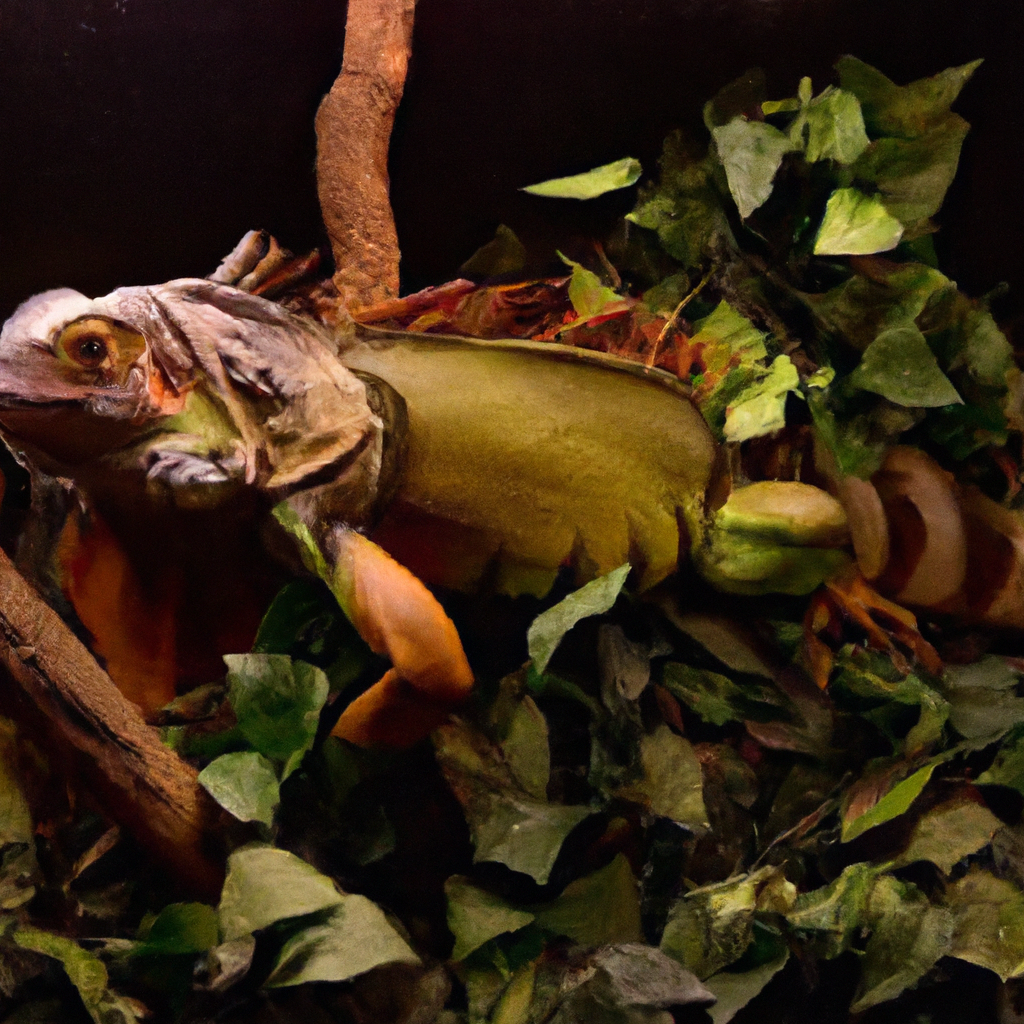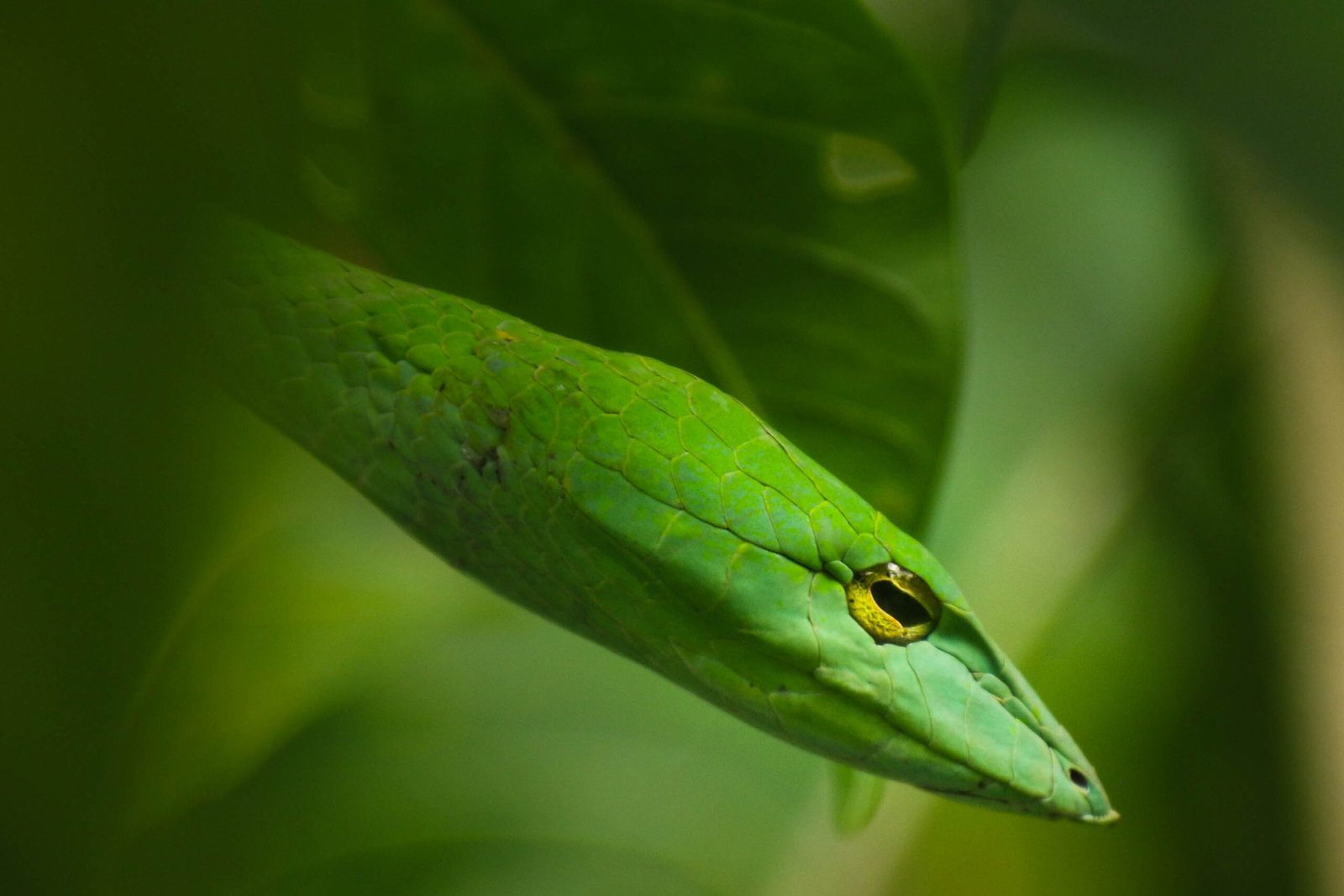Did you know that there are reptiles out there that have a varied diet, consisting of both plants and animals? These fascinating creatures, known as omnivorous reptiles, have adapted to thrive on a combination of vegetation and meat. From turtles that munch on fruits and insects to lizards that devour both plants and small creatures, this article will explore the fascinating world of omnivorous reptiles and shed light on their unique feeding habits. Prepare to be amazed by the diverse and adaptable nature of these captivating creatures!
Types of Reptiles
Lizards
Lizards are a diverse group of reptiles that belong to the order Squamata. They are characterized by their long bodies, scaly skin, and four legs. Lizards are found in various habitats around the world, ranging from deserts to rainforests. Some well-known examples of lizards include geckos, chameleons, and iguanas.
Turtles
Turtles, also known as chelonians, are reptiles with a unique feature – a protective shell that encloses their body. These creatures have been around for millions of years and are found in both freshwater and terrestrial environments. Turtles are known for their slow-moving nature and can be found on every continent except Antarctica.
Snakes
Snakes are legless reptiles that belong to the order Squamata. They are characterized by their elongated bodies, scaly skin, and lack of both legs and eyelids. Snakes have adapted to a wide range of habitats, from deserts to rainforests, and can be found on every continent except Antarctica. Some examples of snakes include pythons, cobras, and vipers.
Omnivorous Adaptations in Reptiles
Body Structure
Omnivorous reptiles are equipped with certain adaptations that allow them to consume both plant matter and animal prey. One such adaptation is their body structure. These reptiles often have a medium-sized body, allowing them to tackle a variety of food sources. Unlike solely herbivorous or carnivorous reptiles, omnivorous reptiles have a more versatile build to meet their dietary needs.
Digestive System
Another important adaptation for omnivorous reptiles is their digestive system. These reptiles have a relatively simple digestive tract that allows them to process a diverse range of food. They have a combination of both carnivorous and herbivorous features in their digestive system, which enables them to efficiently extract nutrients from both plant and animal sources.
Behavioral Adaptations
Apart from physical adaptations, omnivorous reptiles also possess unique behavioral adaptations that support their omnivorous lifestyle. These reptiles are often opportunistic feeders, taking advantage of available food sources. They exhibit foraging behavior by actively searching for a variety of prey items, including small vertebrates and insects, as well as plant matter. This behavioral flexibility allows them to adapt to different environments and find food sources effectively.
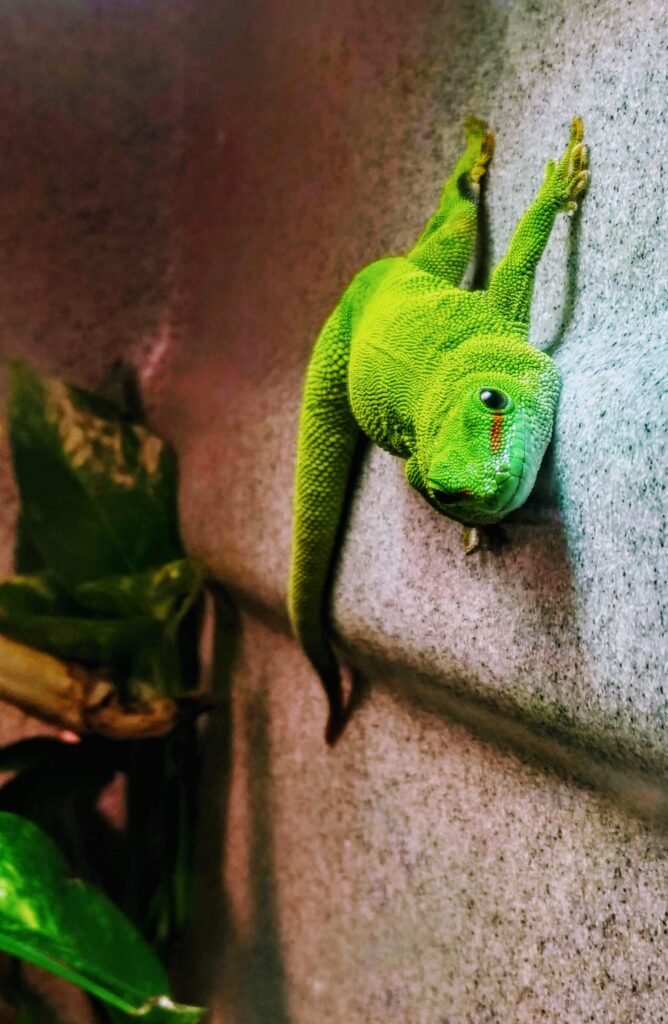
Examples of Omnivorous Reptiles
Green Iguana
The green iguana, scientifically known as Iguana iguana, is a renowned example of an omnivorous reptile. These large lizards are found in Central and South America and have a predominantly herbivorous diet. However, they also consume small insects, invertebrates, and occasionally, even small vertebrates. The green iguana’s ability to consume both plant matter and animal prey showcases its omnivorous adaptations.
Box Turtle
Box turtles, belonging to the genus Terrapene, are terrestrial turtles that exhibit omnivorous behavior. These turtles have a varied diet, consisting of both plant material and animal prey. They feed on a wide range of plant matter, such as leaves, fruits, and flowers, while also consuming invertebrates like earthworms, insects, and snails. This dietary flexibility is essential for their survival in different habitats.
Northern Water Snake
The northern water snake, scientifically known as Nerodia sipedon, is a semi-aquatic snake found in North America. These snakes are considered omnivorous due to their ability to consume both plant matter and animal prey. While they primarily feed on fish, amphibians, and invertebrates, they also consume berries and other plant materials when available. The adaptive diet of the northern water snake reflects its omnivorous nature.
Diet of Omnivorous Reptiles
Plant Matter
Omnivorous reptiles have a diverse diet that includes various types of plant matter. They consume a wide range of vegetation, such as leaves, stems, fruits, flowers, and even roots. Plant matter provides essential nutrients and fiber, which are necessary for their overall health and well-being. Additionally, some plant materials may offer beneficial compounds and antioxidants that support their immune system.
Insects and Invertebrates
In addition to plant matter, omnivorous reptiles also consume insects and other invertebrates. These small creatures provide a rich source of protein, essential amino acids, and other nutrients that cannot be obtained solely from a plant-based diet. Insects and invertebrates play a vital role in the omnivorous reptiles’ diet, providing them with the necessary energy and nutrients for growth and reproduction.
Small Vertebrates
Some omnivorous reptiles also include small vertebrates in their diet. These reptiles possess the ability to capture and consume small prey items such as rodents, birds, fish, and amphibians. This adaptation allows them to supplement their protein intake and obtain certain nutrients that may be lacking in their plant-based diet. The inclusion of small vertebrates in their diet also adds to their dietary flexibility and nutritional balance.
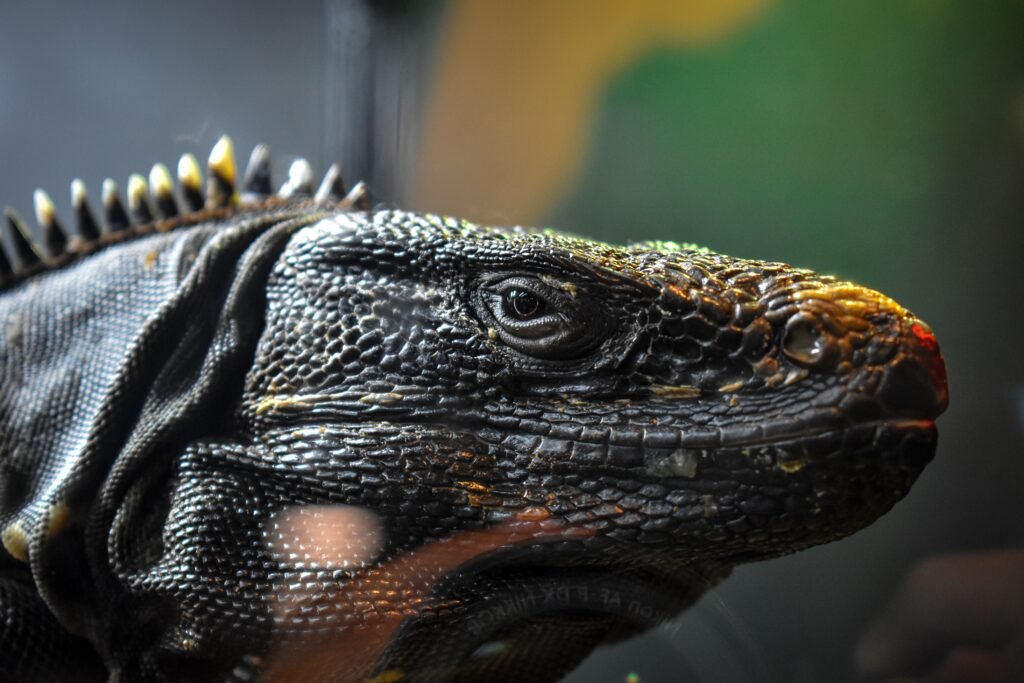
Benefits of Being Omnivorous
Dietary Flexibility
Being omnivorous provides reptiles with a distinct advantage – dietary flexibility. These reptiles are not limited to a specific food source, allowing them to adapt to different environments and survive in varying conditions. This flexibility ensures that they can find food resources even when certain food options are scarce or unavailable.
Enhanced Survival Skills
Omnivorous reptiles possess a wide range of skills that contribute to their survival. Their ability to consume both plant matter and animal prey enables them to explore different habitats and adjust to changing conditions. This adaptability increases their chances of finding food sources and ultimately enhances their overall survival.
Increased Energy Acquisition
Having a diverse diet allows omnivorous reptiles to acquire a greater amount of energy. By consuming both plant matter and animal prey, they can obtain a broad spectrum of nutrients, including carbohydrates, proteins, fats, vitamins, and minerals. This increased energy acquisition provides them with the necessary fuel for various physiological processes, such as growth, reproduction, and maintenance of bodily functions.
Challenges Faced by Omnivorous Reptiles
Competition for Resources
One of the challenges that omnivorous reptiles face is competition for food resources. As these reptiles rely on a wide range of food sources, they often find themselves competing with other reptiles, mammals, and birds for the same food items. This competition can sometimes lead to food scarcity and challenges in securing enough nutrition to meet their dietary needs.
Balancing Nutritional Needs
Omnivorous reptiles need to strike a balance between their plant-based and animal-based food intake to ensure they receive adequate nutrition. They must consume enough plant matter to meet their fiber and vitamin requirements while also obtaining sufficient protein and other essential nutrients from animal prey. Striking this nutritional balance can be a challenge, especially in habitats with limited food options.
Avoiding Toxins
Omnivorous reptiles must also be cautious about the plants and animals they consume. Some plants and invertebrates may contain toxins or be poisonous to these reptiles. Developing the ability to recognize and avoid toxic plants and animals is crucial for their survival. While some omnivorous reptiles have specific behavioral or physiological adaptations to deal with toxins, they still face the challenge of avoiding potential hazards.
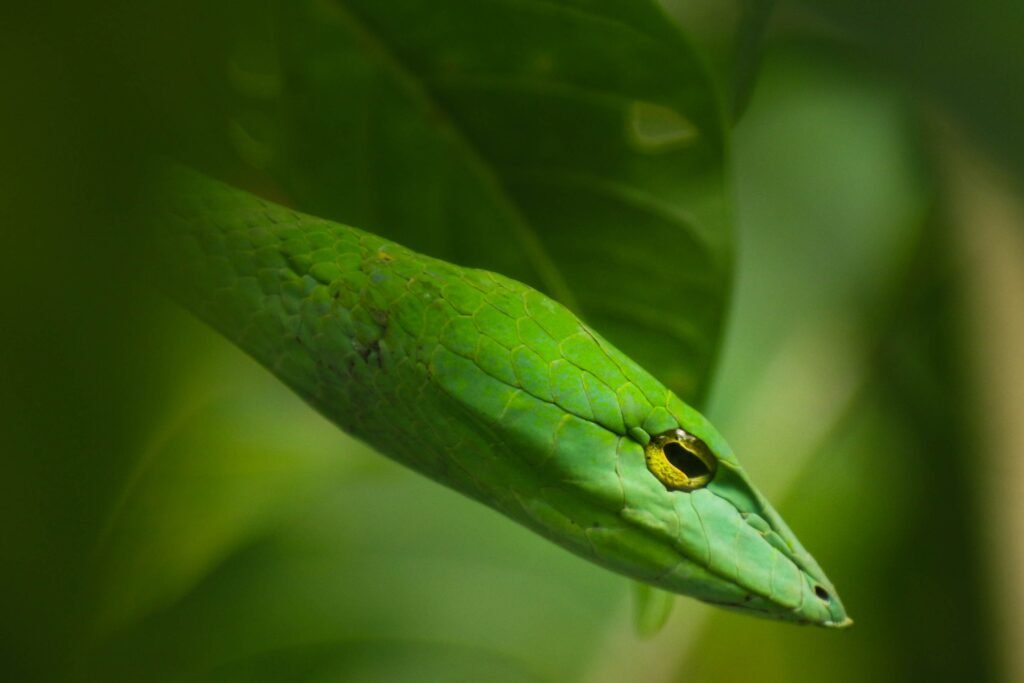
Unique Features of Omnivorous Reptiles
Versatile Teeth
Omnivorous reptiles have specific dental adaptations that enable them to consume a variety of food sources. They possess both sharp, pointed teeth for grasping and tearing flesh, as well as broad, flat teeth for grinding and crushing plant matter. This versatility in tooth structure allows them to effectively process different types of food and maximize nutrient extraction.
Tongue Sensitivity
The tongue of omnivorous reptiles plays a crucial role in their feeding behavior. It is highly sensitive and aids in sensory perception, allowing them to detect prey, identify potential food sources, and explore their environment. The sensitivity of the tongue also helps them distinguish between edible and inedible items, contributing to their dietary diversity and overall survival.
Camouflage Abilities
Many omnivorous reptiles possess unique coloration patterns and camouflage abilities. These adaptations help them blend into their surroundings and remain inconspicuous while hunting or foraging. Camouflage allows them to approach prey or potential food sources without being detected, increasing their chances of successful feeding and improving their survival rate.
Evolutionary Significance of Omnivorous Reptiles
Transition from Carnivory to Omnivory
The evolution of omnivorous behavior in reptiles has played a significant role in their survival and diversification. Many reptiles, originally carnivorous or herbivorous, eventually developed omnivorous adaptations as a means of exploiting a broader range of food resources. This transition allowed them to occupy new niches and adapt to changing environments, expanding their ecological success.
Ecological Impacts
The presence of omnivorous reptiles can have important ecological impacts within their habitats. By consuming both plant matter and animal prey, these reptiles can influence the abundance and distribution of their food sources. They may also act as seed dispersers when they consume fruits or play a role in controlling populations of small vertebrates or invertebrates. Their ecological interactions contribute to the balance and functioning of ecosystems.
Adaptive Advantage
Being omnivorous provides reptiles with an adaptive advantage in the face of environmental variability. By having a diverse diet and being capable of utilizing different food sources, omnivorous reptiles can survive and reproduce in changing environments. This ability to adapt their feeding behavior allows them to capitalize on available food resources and adjust to fluctuations in their habitats, increasing their chances of long-term survival.
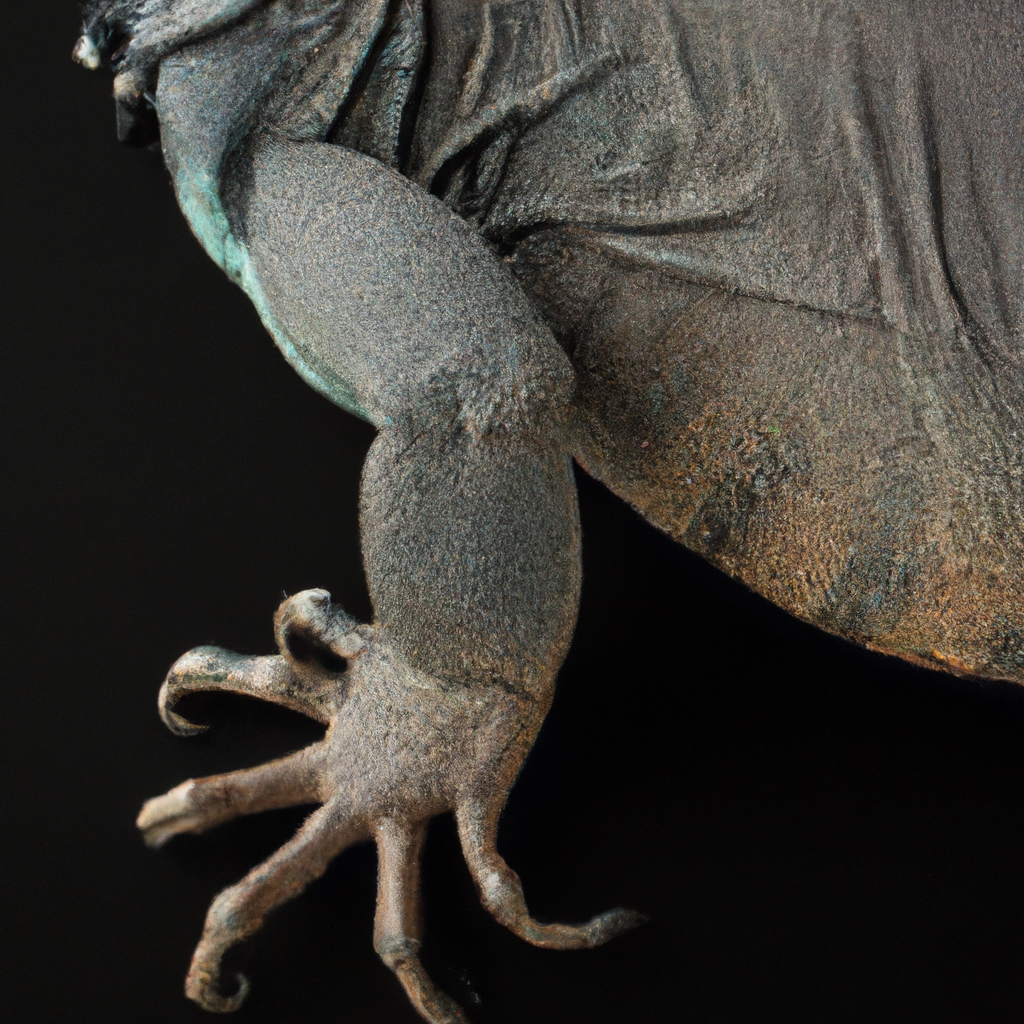
Conservation of Omnivorous Reptiles
Habitat Preservation
Conserving the habitats of omnivorous reptiles is crucial for their long-term survival. Protecting their natural environments, such as forests, wetlands, and grasslands, ensures the availability of essential resources and supports their diverse diet. Habitat preservation efforts should focus on maintaining the quality and connectivity of these ecosystems to facilitate the movement and survival of omnivorous reptile populations.
Protection from Exploitation
Omnivorous reptiles may be susceptible to exploitation due to their value in the pet trade or as a source of food or traditional medicine. Implementing and enforcing legislation that restricts the capture, trade, and consumption of these reptiles helps protect their populations from overexploitation. By regulating and monitoring these activities, we can prevent the decline and potential extinction of omnivorous reptile species.
Research and Education
Research and education play essential roles in the conservation of omnivorous reptiles. Studying their behavior, habitat requirements, and feeding ecology allows scientists to develop effective conservation strategies. Public awareness campaigns and educational programs help promote understanding and appreciation of these reptiles, encouraging responsible actions and fostering a culture of conservation among individuals and communities.
Conclusion
Omnivorous reptiles exhibit an incredible array of adaptations, both physical and behavioral, that allow them to thrive on a diverse diet of plant matter and animal prey. Their ability to consume a wide range of food sources contributes to their dietary flexibility, survival skills, and energy acquisition. However, they also face challenges such as competition for resources and the need to balance nutritional needs. With their versatile teeth, tongue sensitivity, and camouflage abilities, omnivorous reptiles have unique features that aid in their feeding and survival. The evolution of omnivory in reptiles has had significant evolutionary and ecological impacts, allowing them to occupy diverse niches and adapt to changing environments. To ensure the conservation of omnivorous reptiles, efforts must focus on habitat preservation, protection from exploitation, and research and education initiatives. By understanding and appreciating these incredible creatures, we can contribute to their long-term survival and the preservation of their ecosystems.
